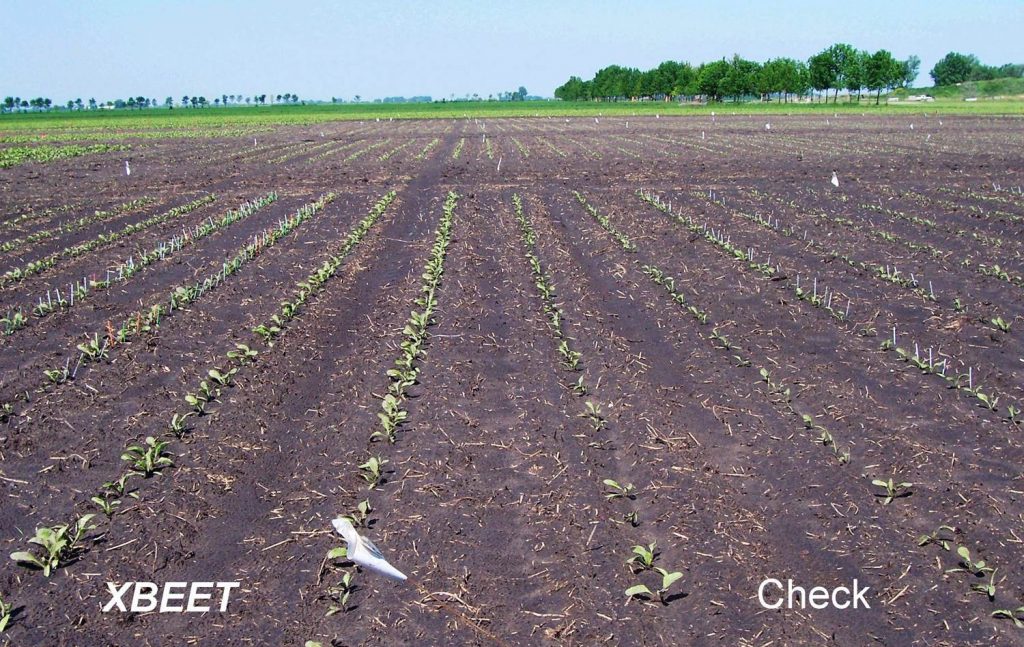Seed Technologies Improve Sugarbeet Stand Establishment
In the last decade, new seed technologies have greatly improved sugarbeet stand establishment and plant spacing. Achieving the optimum population is the foundation when setting high yield goals. A thin stand will limit yield and quality potential. Too high of a population will increase harvest losses, in-row plant competition, and seed cost. By improving the consistency of stand establishment, growers have been better able to establish optimum plant population and significantly reduced replanting occurrences.
Sugarbeet seed when harvested looks very similar to small pieces of broken cork. The irregular rough cork surrounds and protects the seed along with slowing moisture migration. The seed also has germination inhibitors which cause slow and variable speeds of emergence. These factors create uneven plant size and stand establishment. Shallow planting in conjunction with slow germination makes the emerging seedling more vulnerable to drying soil moisture conditions. Slow emergence can also cause poor stand establishment related to soil crusting and below ground pest. It would not be uncommon for plants to emerge over a thirty day period. Overcoming these challenges in the seed industry has been an ongoing process.
Seed Technologies Improve Sugarbeet Stand Establishment

Quality Control Sugarbeet Germination Testing | Germains Seed Technology
Germains Seed Technology is the leader in recognizing and responding to the seed issues when establishing sugarbeet stands. The development of Xbeet® has significantly improved the speed and consistency of emergence. When combined with a proprietary pelletized seed coating, seed spacing and emergence is improved substantially. Sugarbeet seed companies have also made improvements in the storage and seed processing capabilities.
During cork, removal seed is processed more gently and precisely to set high standards. Advances have made in identifying the vigour/germination of different seed lots. At each phase of the processing, seed quality testing is conducted. Introduction of new seed treatments has also improved stand establishment.

Sugarbeet Field Trials | University of Minnesota
In the last few years, several new seed treatments have been introduced into the marketplace. These seed treatments have significantly improved control of several seedling diseases and insect pests. Seedling diseases such as Rhizoctonia solani, Aphanomyces, Fusarium and Pythium are now effectively controlled. Systemic insecticidal seed treatments have also been useful in managing many below and some above ground insect pest. Seed treating equipment can now precisely apply multiple seed treatments. It is very common to have five or more seed treatments applied during the pelleting process. These treatments have enhanced the consistency of emergence by minimizing the impact of those seedling pests.
Continuing to Develop New Seed Technologies for Sugarbeet Stand Establishment
Germains aims to lead the sugarbeet and horticulture industries with a range of innovative seed technologies. The Germains Research & Development and sales team strive to collaborate with our customers so that we may continue to develop innovative, value-added products that are solutions to real problems encountered by both growers and seed production companies
